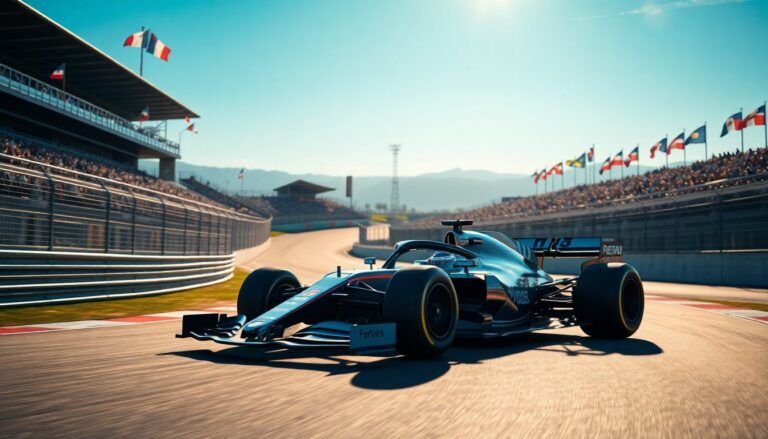Argomenti trattati
Formula 1, often referred to as F1, is not just a sport; it is a spectacle that combines high-speed racing with cutting-edge technology and a rich history of competition. Fans are eager to witness the latest developments in this exhilarating motorsport. From technological advancements to the iconic teams and drivers, F1 continues to captivate audiences around the globe.
The evolution of Formula 1
Since its inception in 1950, F1 has undergone a significant transformation. The formula refers to a set of rules and regulations that govern the sport, which has evolved to enhance both safety and performance. Early F1 cars were simplistic compared to today’s highly engineered machines, which utilize advanced materials and aerodynamics.
Technological advancements
Modern F1 cars are a testament to innovation. The incorporation of hybrid power units has made a significant impact on performance and sustainability. These power units combine a traditional internal combustion engine with an energy recovery system that harnesses kinetic energy during braking. This not only improves speed but also enhances fuel efficiency, a crucial aspect in today’s environmentally conscious world.
Furthermore, teams invest heavily in data analytics to optimize performance. Real-time data from sensors on the car allows engineers to make quick adjustments to tire pressure, aerodynamics, and engine parameters during races. This level of precision is essential in a sport where milliseconds can determine the outcome.
The teams and drivers
Formula 1 is home to some of the most prestigious teams in motorsport, including Ferrari, Mercedes, and Red Bull Racing. Each team brings its own unique approach to racing, from car design to strategy on the track. The rivalry between teams adds an extra layer of excitement for fans, as they cheer for their favorite constructors.
Legends of the sport
Throughout its history, F1 has produced legendary drivers who have left an indelible mark on the sport. Icons like Ayrton Senna, Michael Schumacher, and more recently, Lewis Hamilton have not only dominated the track but have also become cultural phenomena. Their skill, determination, and charisma have contributed to the sport’s allure and have inspired countless aspiring racers.
New talents are emerging, showcasing the next generation of drivers. The competition is fierce, and the fight for the championship title is more thrilling than ever. Each race brings new stories, rivalries, and moments that fans will remember for years to come.
Major events and races
The Formula 1 calendar is packed with exciting races held across various circuits worldwide. Iconic locations like the Monaco Grand Prix and the Italian Grand Prix are steeped in tradition and attract massive crowds. Each event is not just a race; it’s a celebration of motorsport culture, complete with fan engagement, entertainment, and celebrity appearances.
The season features a mix of established tracks and new additions, offering diverse challenges for teams and drivers. The thrill of watching cars navigating tight corners, executing overtakes, and battling for position is what makes F1 a unique experience.
The role of fans
Fans are the backbone of Formula 1. Their passion and enthusiasm elevate the sport to new heights. With the advent of social media, fans can engage with teams and drivers like never before. Platforms like Twitter and Instagram allow for real-time updates and behind-the-scenes insights, creating a sense of community among followers.
Since its inception in 1950, F1 has undergone a significant transformation. The formula refers to a set of rules and regulations that govern the sport, which has evolved to enhance both safety and performance. Early F1 cars were simplistic compared to today’s highly engineered machines, which utilize advanced materials and aerodynamics.0
Since its inception in 1950, F1 has undergone a significant transformation. The formula refers to a set of rules and regulations that govern the sport, which has evolved to enhance both safety and performance. Early F1 cars were simplistic compared to today’s highly engineered machines, which utilize advanced materials and aerodynamics.1

